Working horses have served as essential partners to farmers for centuries, providing both power and companionship long before the advent of tractors and modern machinery. Today, as sustainable and organic farming practices grow in popularity, many vineyard owners and small-scale farmers are rediscovering the value of working with horses. These remarkable animals offer several advantages—from their low environmental impact to their ability to navigate tight spaces where machinery might damage crops. This article explores the top horse breeds suited for vineyard work and small farm operations, highlighting their unique traits and the practical benefits they bring to modern agriculture.
Why Horses Still Matter in Modern Agriculture

In an age dominated by mechanization, horses offer several distinct advantages that keep them relevant in certain agricultural niches. Unlike heavy machinery, horses cause far less soil compaction, which promotes better water infiltration and healthier root systems in vineyards and crop fields. As they work, they produce natural fertilizer, enriching the farm’s ecosystem rather than depleting it. Horses also navigate narrow vineyard rows and uneven terrain with a level of precision that tractors often cannot match, helping reduce the risk of damage to delicate vines and crops. For small-scale farms focused on sustainability, this combination of benefits makes horses not just a nostalgic option but often a practical and cost-effective one.
Percheron: Power and Gentleness Combined
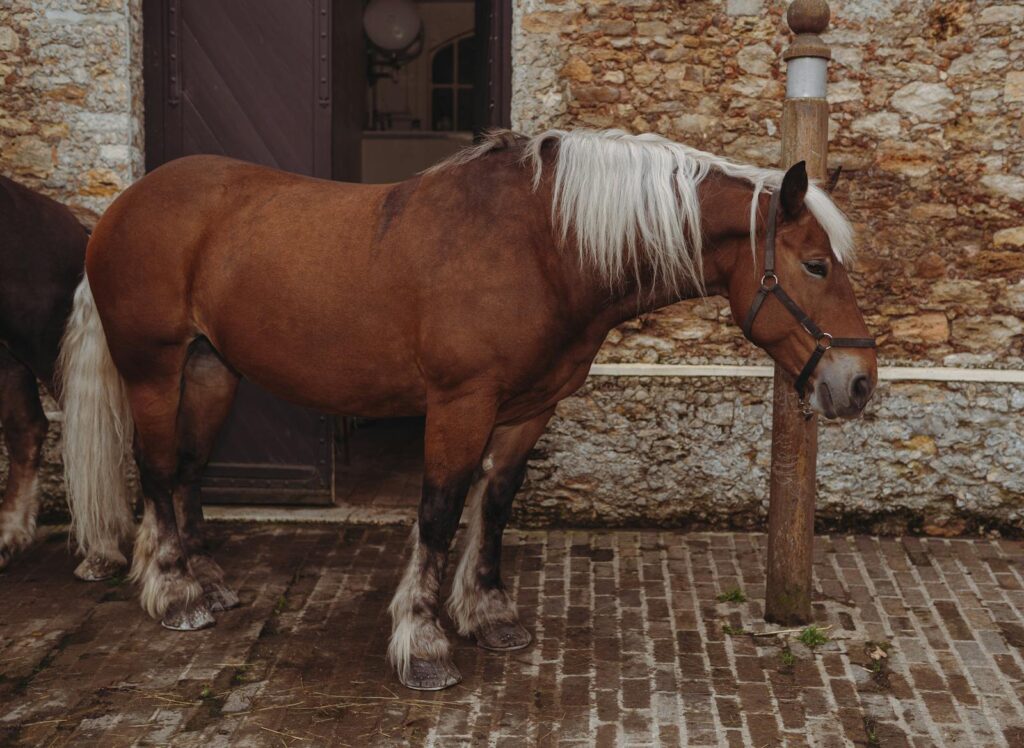
Originating from the former Perche province of France, the Percheron has long been recognized as one of the leading draft breeds for agricultural work. Typically standing between 16 and 17 hands high (64–68 inches at the shoulder), these powerful horses combine substantial pulling strength with a calm and gentle temperament. Their clean-legged build and energetic movement make them especially well-suited for vineyard tasks, where both strength and finesse are essential. Percherons adjust well to a range of climates and are known for their intelligence and willingness to work, often making them easier to train than some other draft breeds. Their moderate size also allows them to move comfortably through vineyard rows without causing excessive damage to surrounding plants.
Belgian Draft: Exceptional Strength for Heavy Tasks
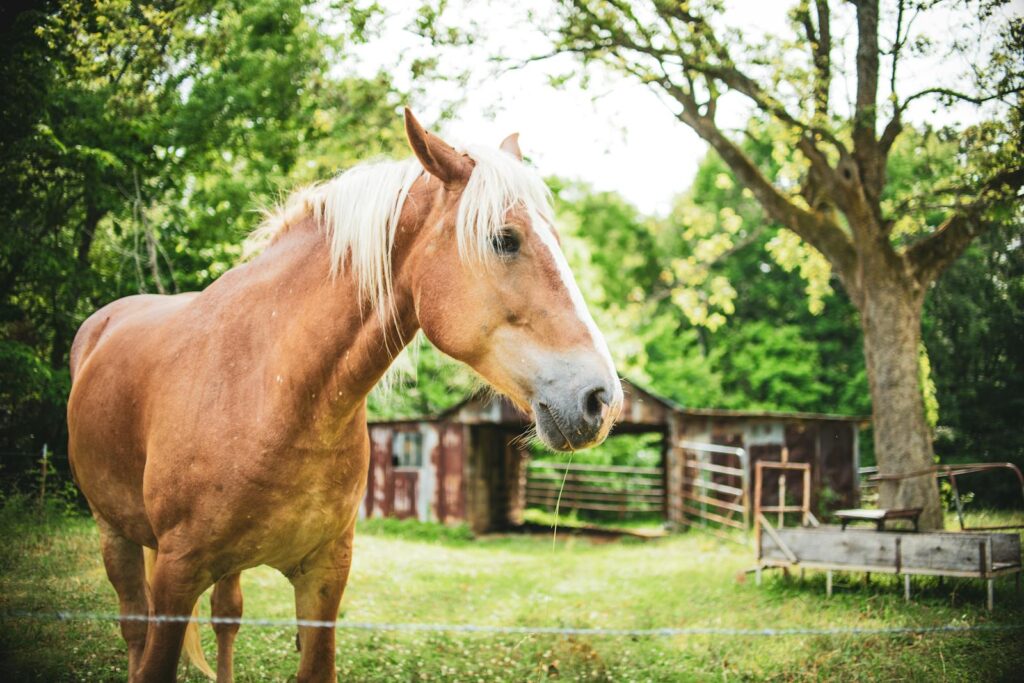
The Belgian Draft horse, descended from the medieval “Great Horse” of Flanders, is one of the strongest working breeds available to farmers today. Weighing between 1,800 and 2,200 pounds on average, these muscular horses excel at demanding farm tasks such as plowing, disking, and hauling loaded wagons during harvest. Their broad chest, powerful build, and calm demeanor make them well-suited for small farms that need substantial pulling strength. Belgians are celebrated for their stamina and dependable work ethic, often continuing steadily throughout long days. Despite their massive size, they are typically gentle and patient, making them surprisingly easy to handle—even for those with only moderate horse experience.
Suffolk Punch: The Farmer’s Favorite

The Suffolk Punch is the oldest surviving breed of heavy horse developed specifically for farm work, with roots tracing back to the early 16th century. Known for their signature chestnut coloring and compact, muscular build, Suffolk Punches are prized for their impressive pulling power relative to their moderate size. Their clean legs—free from the heavy feathering common in other draft breeds—make them especially well-suited for muddy vineyard conditions, as they require less grooming and upkeep. They are also celebrated for their excellent stamina and efficient, economical movement, allowing them to work steadily over long hours. With their dependable nature and cooperative temperament, these horses have earned the nickname “the farmer’s horse,” underscoring their long-standing value in vineyard and small farm settings.
Norwegian Fjord: Versatility in a Smaller Package
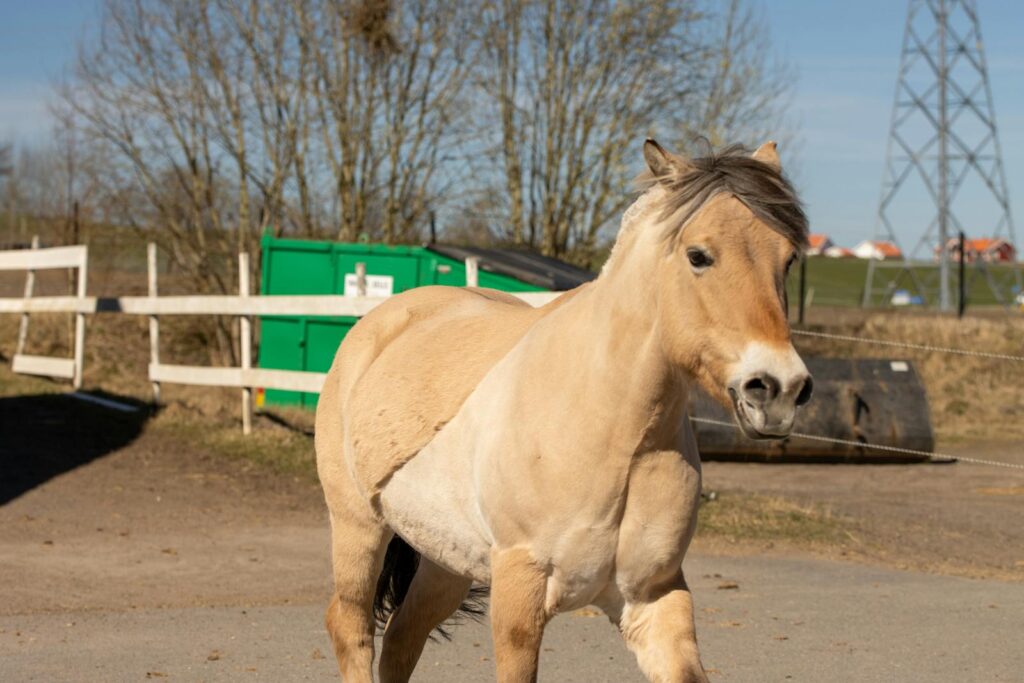
For vineyards and small farms where space is at a premium or heavy pulling power isn’t necessary, the Norwegian Fjord presents an ideal alternative. These distinctive horses, known for their cream to brown dun coloring and unique cut manes that showcase a dark dorsal stripe—typically stand between 13.2 and 14.2 hands high. Despite their smaller size, Fjords possess impressive strength and endurance, allowing them to handle most farm tasks with surprising efficiency. Their sure-footedness on uneven terrain makes them especially valuable in hillside vineyards, where larger breeds may struggle with balance. Intelligent, willing, and generally calm in temperament, Fjords are remarkably versatile—well-suited for pulling implements, riding, and driving duties around the farm.
Haflinger: Compact Power for Specialized Work
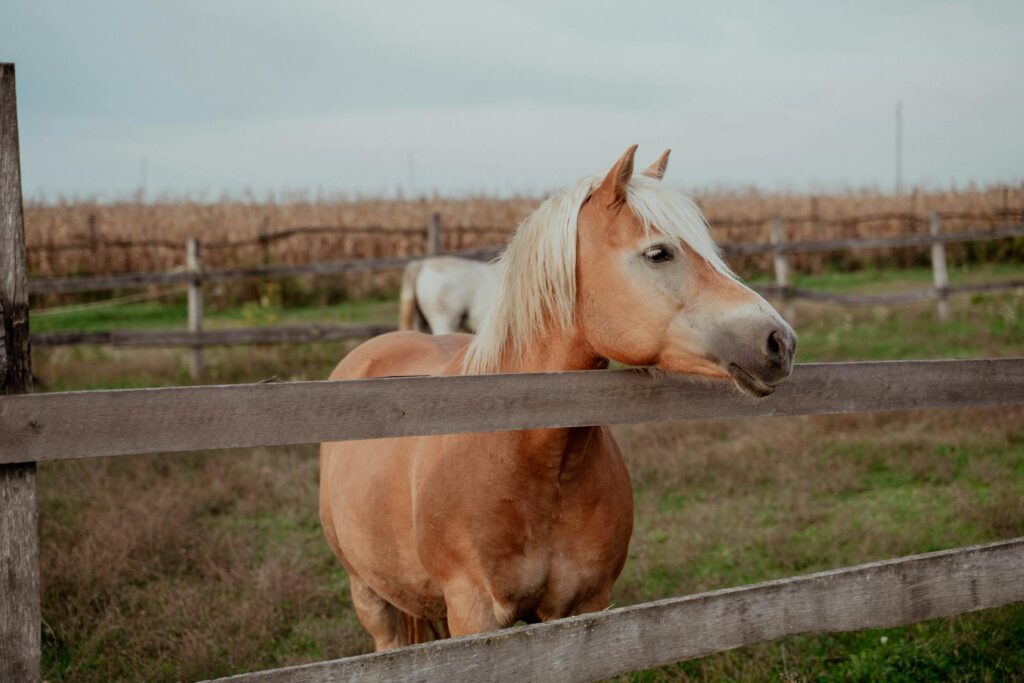
Originally developed in the mountainous regions of Austria and northern Italy, the Haflinger is known as a powerful yet manageable working horse. Standing between 13.2 and 15 hands high, these horses feature their signature chestnut coats and flaxen manes and tails, combining the agility of a smaller mount with surprising draft strength. Their compact build allows them to navigate narrow vineyard rows with ease, while their natural balance and sure-footedness make them ideal for work on sloped terrain. Haflingers are also recognized for their intelligence and willing nature, often forming strong bonds with their handlers. Their versatility extends beyond fieldwork to driving and riding, making them excellent all-around farm horses that can shift roles seamlessly throughout the growing season.
American Cream Draft: A Rare Native Treasure

The American Cream Draft holds the distinction of being the only draft breed developed entirely in the United States that still exists today. Recognized by their cream-colored coats, amber eyes, and white manes and tails, these horses offer a striking appearance paired with impressive working ability. Typically standing between 15.1 and 16.3 hands high, they deliver substantial pulling power while remaining moderately sized—ideal for vineyard work. American Creams are valued for their willing temperament and adaptability, making them versatile helpers on small farms. Their calm nature also makes them a great choice for farmers with limited experience handling draft horses. Although still relatively rare, with fewer than 400 registered individuals, their growing popularity among sustainable farmers is helping support conservation efforts for this unique American breed.
Brabant: The European Heavy Lifter
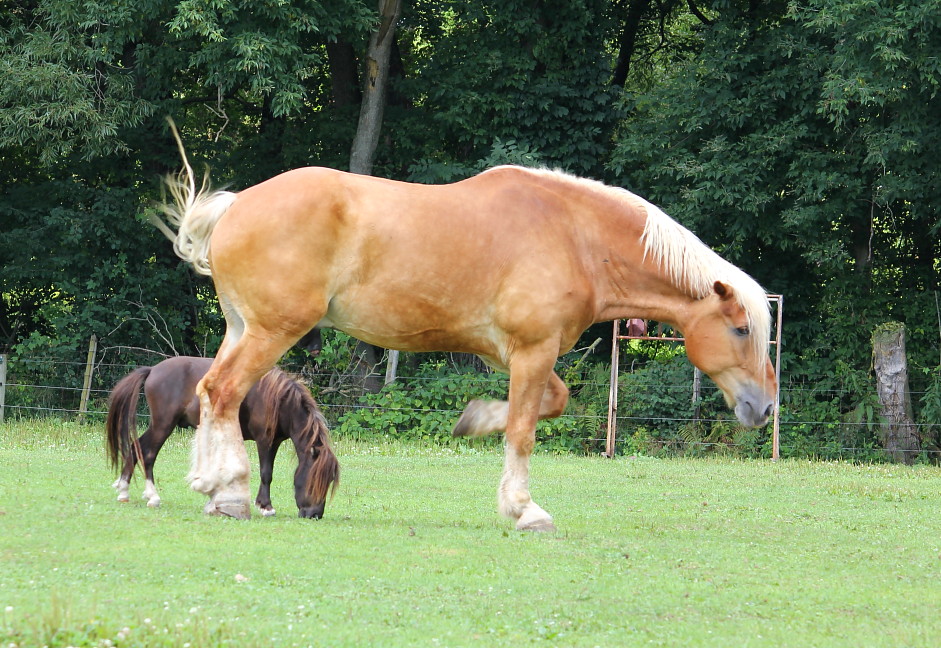
The Brabant represents the original European Belgian draft horse, retaining many of the traits that were selectively bred out of their American Belgian counterparts. These massive horses, typically standing between 16.2 and 17 hands high and weighing up to 2,500 pounds, boast extraordinary pulling power, making them ideal for the heaviest farm tasks. Their broad chest, short back, and powerful hindquarters provide the leverage necessary for demanding tasks like breaking new ground or pulling heavily loaded wagons during harvest. While perhaps too large for work among delicate vines, Brabants excel in broader agricultural operations on small, diversified farms. Their patient temperament and steady work ethic make them reliable partners for farmers engaged in physically demanding labor.
Spanish-Norman: Elegance Meets Functionality

The Spanish-Norman is a relatively recent crossbreed that combines the strength of the Percheron with the refinement and sensitivity of the Andalusian. The result is a versatile farm horse, standing between 15.2 and 17 hands, offering both substantial pulling power and exceptional responsiveness. These horses typically inherit the Percheron’s work ethic and strength, along with the Andalusian’s intelligence and agility, making them well-suited for precision work in vineyards. Their balanced temperament allows them to adapt to various handlers, while their athleticism enables them to navigate diverse terrain with ease. For vineyard owners seeking a horse that blends functionality with beauty, the Spanish-Norman is a compelling choice, excelling in agricultural settings while impressing with its striking appearance.
Canadian Horse: The Little Iron Horse

Often called “the little iron horse,” the Canadian Horse earned its nickname due to its remarkable combination of strength, endurance, and moderate size. Developed from horses sent from France to Canada in the 17th century, this breed evolved to thrive in harsh conditions, gaining exceptional hardiness and stamina. Standing between 14 and 16 hands high, Canadian Horses possess enough strength for most farm tasks while remaining agile enough for vineyard work. Their intelligence and willing attitude make them quick learners and dependable workers in agricultural settings. Canadian Horses are also known for their efficient metabolism, requiring less feed than many draft breeds with similar working capacity, making them particularly cost-effective for small farm operations. This historic breed’s versatility allows it to transition easily between draft work, riding, and driving tasks throughout the farming season.
Irish Draught: Versatility from the Emerald Isle
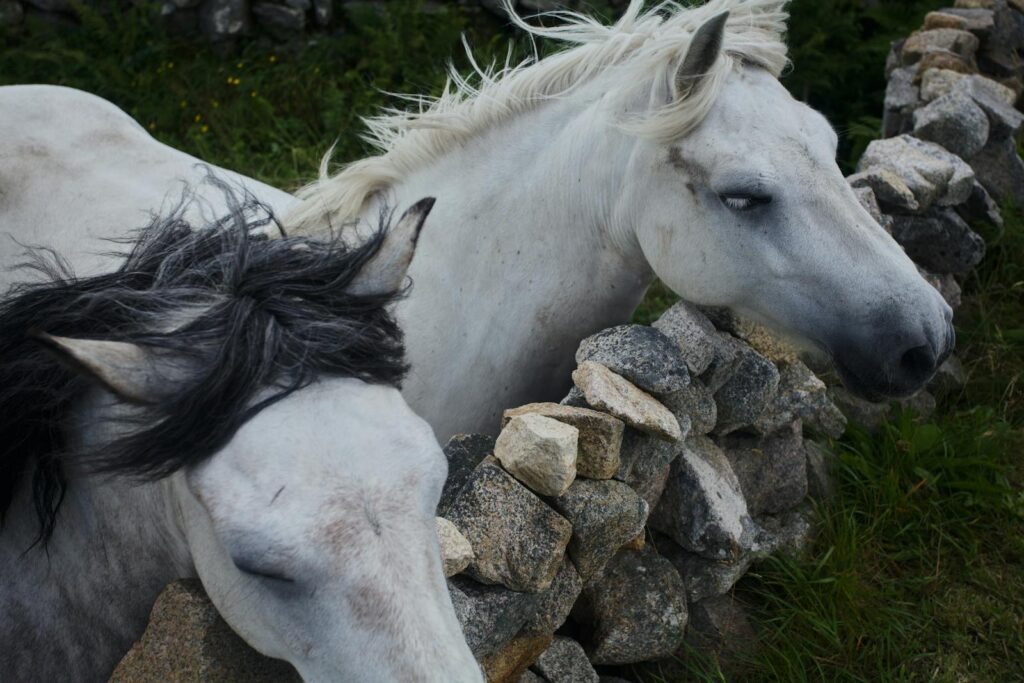
The Irish Draught was developed as a versatile farm horse capable of performing various tasks, from fieldwork to hunting, making it exceptionally well-suited for today’s diverse small farms. Standing between 15.2 and 16.3 hands high, these powerful yet athletic horses combine substantial pulling power with the agility needed to navigate vineyard rows. Their sensible, willing temperament and natural intelligence make them quick learners and reliable in various working conditions. Irish Draughts are known for their efficient movement and stamina, allowing them to work steadily throughout a long day. Their strong bone structure and naturally sound constitution mean they typically remain serviceable well into their later years, offering excellent longevity and value for farm owners who invest in their training. For vineyards seeking a single horse to handle multiple aspects of farm work, the Irish Draught offers remarkable versatility in a manageable package.
Considerations for Matching Horse to Farm Needs
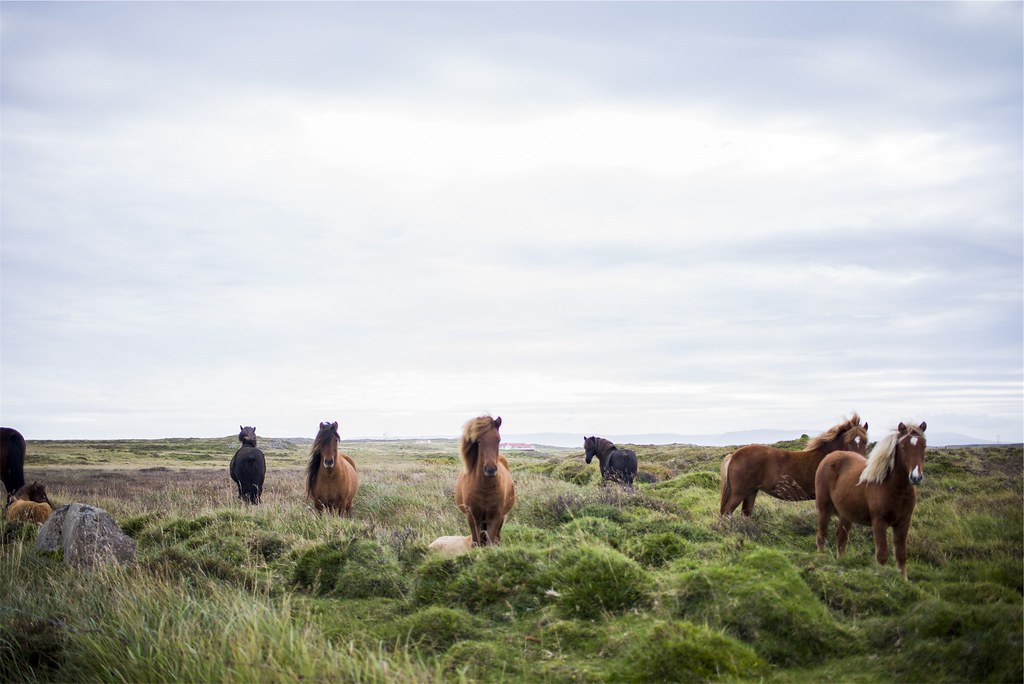
Selecting the ideal working horse requires careful consideration of specific farm needs beyond simply choosing a breed. The terrain of the vineyard or farm plays a crucial role—steep, hillside vineyards may benefit from sure-footed, smaller breeds like Fjords or Haflingers, while flat, expansive operations might benefit more from larger draft breeds. Climate considerations are equally important, as some breeds, like the Canadian Horse, have evolved to handle extreme cold, while others may struggle in very hot or humid environments. The specific tasks required also influence the choice of breed—cultivation between narrow vine rows demands different attributes than pulling heavy harvest wagons or plowing new fields. Additionally, the handler’s experience level should influence the selection, as some breeds tend to offer more forgiving temperaments for those new to working with draft animals.
Training and Care Requirements for Working Horses

Working horses require specialized training and care considerations that differ significantly from those kept solely for pleasure riding. Training for draft work typically begins with foundational ground manners and gradually progresses to driving commands, introducing the equipment and farm tasks step by step. Their nutrition must be carefully managed to support their energy requirements without contributing to health problems—usually involving high-quality forage and seasonally adjusted grain rations based on workload. Hoof care is especially important, requiring consistent attention from a farrier experienced with draft horses. Healthcare should take a preventative approach, including proper harness fit to avoid sores and injuries, as well as routine veterinary care tailored to their working lifestyle. To maintain the long-term soundness and willingness of these valuable farm partners, it’s also essential to provide adequate rest and schedule work thoughtfully.
The Economic Case for Working Horses in Modern Agriculture
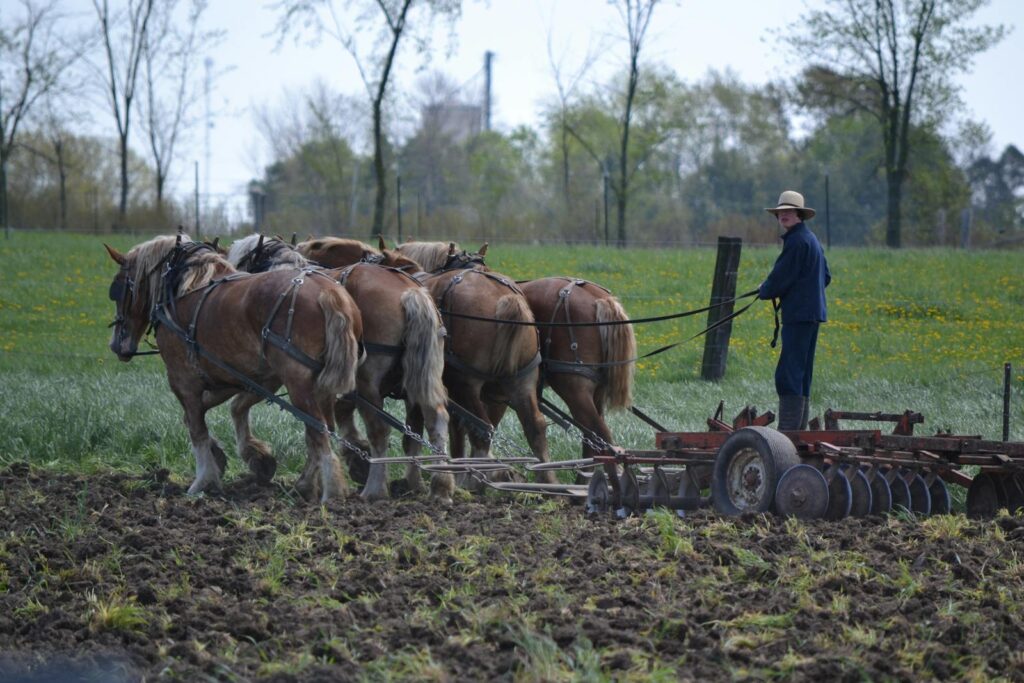
Beyond their historical significance, working horses offer a compelling economic case for certain agricultural operations today. The initial cost of a well-trained working horse typically ranges from $5,000 to $15,000—comparable to a used small tractor—yet horses can work effectively for 15 to 20 years with proper care. Unlike machinery, they often appreciate in value as their training progresses and may even produce offspring that expand the working team or generate additional income. While operational costs include feed and veterinary care, horses avoid the fuel dependency of tractors, offering insulation from rising fuel prices and supply disruptions. For certified organic farms, horses eliminate concerns about hydrocarbon contamination and contribute natural fertilizer that improves soil health. Perhaps most importantly for small-scale producers, working horses lower the capital barrier to entry compared to mechanized systems, making sustainable farming more accessible for new entrants.
The resurgence of working horses in vineyards and small farms is more than just nostalgia—it reflects a thoughtful reconsideration of what sustainable agriculture truly requires. Each breed offers a unique blend of strength, temperament, and working style, allowing farmers to choose partners that align precisely with their needs. Whether it’s the raw power of a Belgian Draft breaking new ground, the sure-footed precision of a Fjord navigating hillside rows, or the all-around versatility of a Canadian Horse managing diverse tasks, these equine workers continue to prove their value in modern farming. As more farmers aim to reduce their environmental impact and build resilient operations, working horses present a time-tested solution that balances productivity with ecological stewardship.







